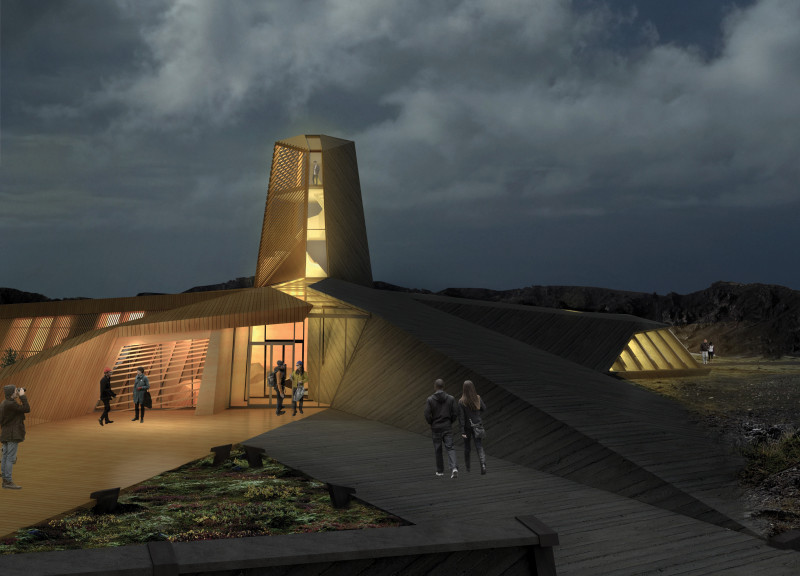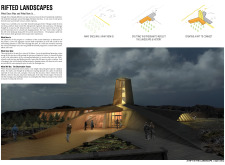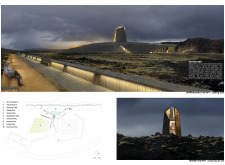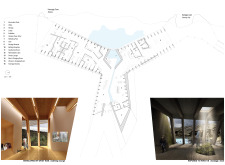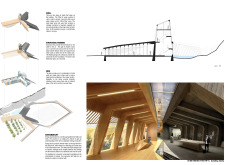5 key facts about this project
Functionally, the project serves as a space for [insert intended function, e.g., residential living, communal activities, commercial purposes], effectively addressing the needs of its users while fostering a sense of belonging and connectivity. The design articulates the importance of open spaces and adaptable environments, allowing for various activities to take place seamlessly within the structure. Through this thoughtful approach, the architecture not only fulfills immediate requirements but also cultivates a long-term relationship between the inhabitants and their environment.
Key features of the project include a carefully articulated facade that combines various materials to evoke a sense of warmth and continuity. The use of reinforced concrete offers both durability and versatility, while large glass panels invite natural light to filter into the internal spaces, promoting an open and inviting atmosphere. Wood accents are strategically incorporated, providing tactile contrast against the more robust materials and adding depth to the overall design. Steel elements are utilized to create expansive openings, reflecting a modern architectural vocabulary that embraces lightness and transparency.
The landscaping around the project has been meticulously designed to complement the architecture, creating an integrated relationship with nature. Softscape elements such as gardens and native plantings enhance the aesthetic while fostering biodiversity. The external areas encourage outdoor activities, promoting wellness and community interaction. This integration with the surrounding landscape not only beautifies the project but also serves environmental functions, showcasing a commitment to ecological sustainability.
Interior spaces are organized to cultivate a flow that encourages movement and connection among users. By incorporating open-plan layouts combined with designated areas for social interaction, the design caters to both private retreats and communal gatherings. Distinctive features within the interior, such as custom-designed fixtures and careful attention to detail in finishes, highlight a commitment to craftsmanship and create a rich sensory experience.
A unique aspect of this architectural project is its use of technology to enhance user experience. The integration of smart systems for energy management and climate control reflects a forward-thinking approach, ensuring that the building is not only responsive to its environment but also promotes sustainability. This design choice aligns with contemporary expectations for functionality, illustrating how architecture can adapt to modern needs without compromising quality or aesthetic values.
Overall, this project represents a nuanced understanding of contemporary architecture, balancing design with user experience and environmental responsibility. The careful selection of materials, combined with innovative spatial arrangements and sustainable practices, underscores the architect's intention to create a meaningful space that resonates with its context and community. Readers interested in a deeper understanding of the project are encouraged to explore the architectural plans, architectural sections, and architectural designs presented, which provide further insights into the design strategies and ideas that have shaped this noteworthy architectural achievement.


